Buckle up because this is likely one of my longest review videos ever. The DJI Mavic 4 Pro camera drone is the successor to the DJI Mavic 3 Pro, making it their newest flagship drone. It boasts the best specs, camera, airframe, flight software—essentially the best of everything. However, the DJI Mavic 4 Pro doesn’t fundamentally redefine what a drone is or can do. Instead, it’s a massive upgrade over the Mavic 3 Pro in every way. The camera, drone, specs, charging, flight modes—literally everything has been improved. The most significant overhaul is the new gimbal design, dubbed the Infinity Gimbal, which can spin 360°, enabling unique spinning Dutch angle shots and true vertical video and portrait photos. This feature, however, is also the source of my main frustrations, which I’ll address shortly.
DJI Mavic 4 Pro Camera Drone Performance
Let’s start with what most people will find crucial: the camera. The Mavic 4 Pro retains the triple-camera setup of the Mavic 3 Pro, offering a wider optical zoom range with three fixed focal lengths and some digital zoom in between. The specs have been significantly enhanced, making the Mavic 4 a superior photo and video shooter. Key highlights include:
- Photos at 25 megapixels or up to 100 megapixels with the quad Bayer sensor.
- Video in 6K at 60 frames per second.
- Adjustable aperture from f/2.0 to f/11.
- Main camera focal length of 28 mm.
- Two telephoto lenses, now quad Bayer, capturing higher-resolution photos and offering greater capability.
The drone also offers two internal flash storage options: 64 GB and 512 GB. I’m using the 512 GB version and haven’t needed a microSD card once, which is a game-changer. The flash storage is incredibly fast, first introduced with the Air 3S’s 42 GB of usable storage. With the Mavic 4 Pro, I can transfer files at about 1 GB every two seconds, making it easy to move large files to my computer.

For video shooters, the 512 GB version unlocks a new codec called All-I, which I hadn’t encountered before. My AI assistant, Grok, explained that All-I (All Intra) encodes each video frame independently as a full image, unlike interframe compression, which saves space by storing only changes between frames. This makes All-I ideal for fast motion or complex scenes, similar to ProRes on the Mavic 3 Pro Cine, though not a direct replacement due to ProRes’s greater efficiency. However, All-I’s massive file sizes are a drawback. With a constant bitrate of 1,200 Mbps, my 512 GB storage holds only 1.5 hours of 6K video at 30 fps. In contrast, H.264 allows over 8 hours of 6K video at the same frame rate.
Choosing a codec depends on the project. For high-budget shoots requiring All-I, I’ll use it for the higher bitrate. For daily videos, I’ll stick with H.264 to avoid constantly buying more hard drives. That said, uncompressed All-I footage looks incredible.

Video Quality of the DJI Mavic 4 Pro
The Mavic 4 Pro has the best camera in a folding drone. Every lens delivers vibrant colors, excellent dynamic range, clarity, and sharpness—a clear step up from the Mavic 3’s similar-sized sensor. Both photos and videos offer depth and ample room for post-production adjustments. DJI’s normal color profile aligns with my preference for natural tones, requiring only minor tweaks for punchier, saturated shots.

However, shooting in normal colors with H.264 uses a variable bitrate, which reduces file size but may result in more compression than desired. D-Log and All-I codecs maintain a constant bitrate, regardless of color profile. I tested the camera in Philadelphia and Miami, capturing shots in normal, D-Log, H.264, and All-I. Check the video description for downloadable example files, but note that All-I clips may be demanding on older hardware. On my M1 Max MacBook Pro, they play smoothly in QuickTime or Final Cut Pro.
Daytime video is solid, with built-in HDR software ensuring great exposure, top-tier dynamic range, accurate colors, and crisp 6K clarity. This is the best video quality in a drone of this size.
Low-Light Performance
Nighttime low-light video is equally impressive. Unlike previous DJI drones with a dedicated night mode, the Mavic 4 Pro integrates noise reduction into its HDR software when shooting in normal color mode. This provides an ISO range of 100 to 12,800, delivering clean images straight from the camera. For more control, D-Log shows some noise in darker areas but allows custom noise reduction.
Testing in Philadelphia was challenging due to poor lighting conditions, but shots in Miami and Fort Lauderdale confirmed the camera’s low-light prowess. The combination of a large sensor, f/2.0 aperture, and DJI’s image processing produces stellar results, just shy of the Inspire 3’s Zenmuse X9K Air with its full-frame sensor. Downloadable low-light clips are available in the video description.
Photography Capabilities
For photographers, the DJI Mavic 4 Pro is as exceptional as it is for video. I’ve been shooting 100-megapixel photos (12,288 x 8,192) in raw DNG format, with file sizes around 130 MB. The 512 GB storage is a lifesaver here. The photos offer incredible detail, accurate colors, and flexibility in editing. DJI’s color science ensures consistently great results across their drones, but the Mavic 4 Pro’s 100-megapixel resolution is their highest yet for photography.
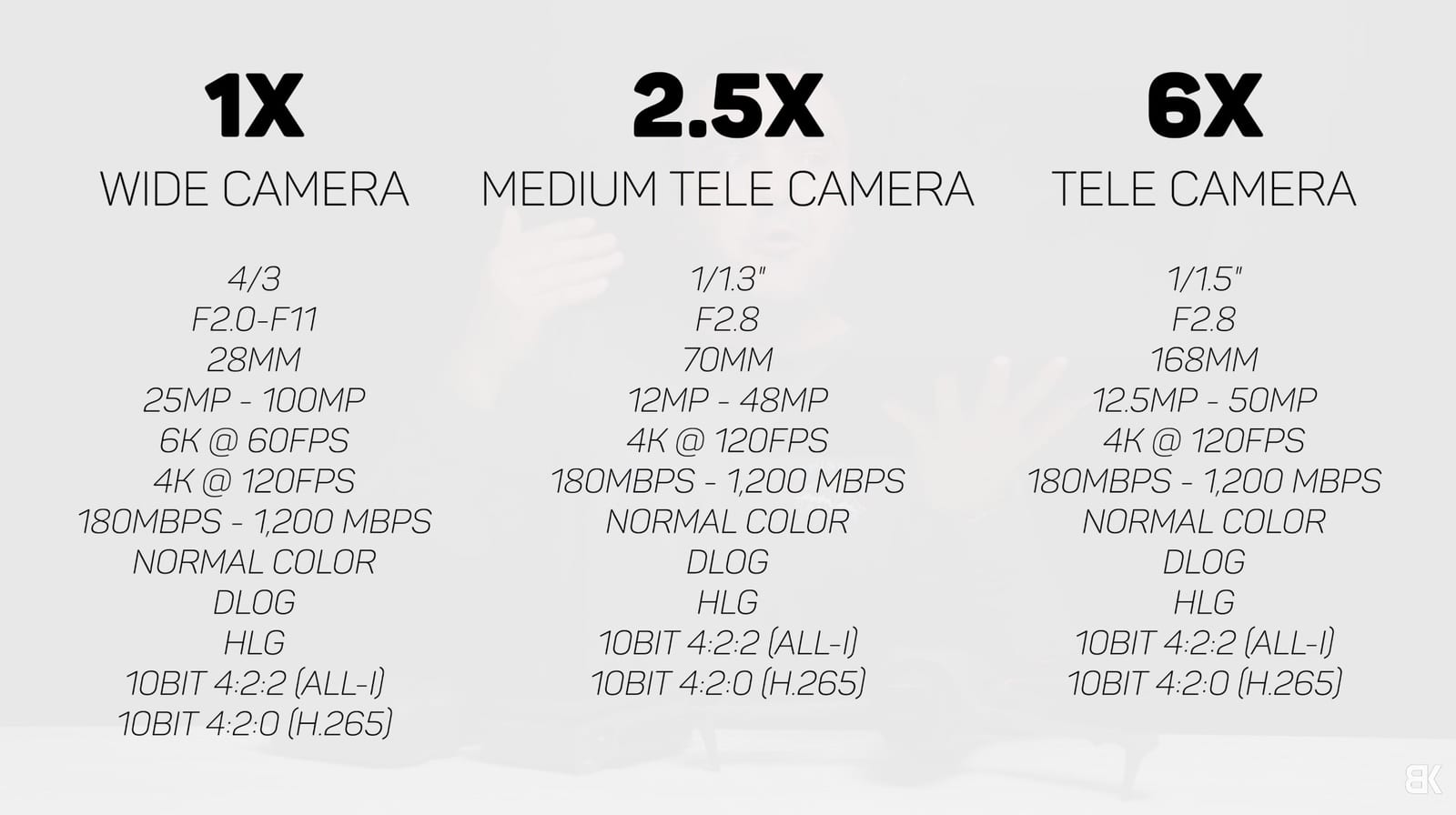
While the quad Bayer sensor doesn’t match the true clarity of the DJI Inspire 3‘s 50-megapixel full-frame sensor, the extra resolution is valuable. Nighttime photos are equally impressive, thanks to the f/2.0 aperture and stable airframe, delivering sharp images even in windy conditions. Download raw files from the video description to see for yourself.
The Infinity Gimbal: A Mixed Bag
The Infinity Gimbal is the Mavic 4 Pro’s standout feature, allowing 360° spins for Dutch angle shots (0° to -40° left, up to 400° right). However, it’s limited to straight-on shots, as excessive pitch disrupts the effect. I used it once for a clip of high-rises on Sunny Isles Beach but found it gimmicky for everyday shooting.

The gimbal’s bigger issue is its limitation when shooting true vertical video or portrait photos, similar to the Mini 4 Pro. The RC Pro 2’s screen rotation feature spins the camera to fill the display, but the gimbal’s design restricts pitch to ±8° in vertical mode. This severely limits the ability to point the camera up or down, which I rely on for many shots. It also caps the drone’s speed at around 21–25 mph to preserve gimbal range, making vertical shooting less dynamic.
This is disappointing for content creators like me who need vertical video for platforms like TikTok and Instagram. Switching to 4K 9×6 resolution provides more vertical frame space but tightens the field of view, requiring greater distance from subjects. I’d prefer the Mini 4 Pro’s gimbal design, sacrificing Dutch angles for full pitch range in both horizontal and vertical modes.
Still, vertical shooting isn’t unusable. I’ve captured great 6K vertical video and 100-megapixel portrait photos of skylines, beaches, and real estate properties. It just requires workarounds.
Focal Length Concerns
The main camera’s 28 mm focal length is slightly tighter than the standard 24 mm on most drones (or the Air 2S’s 20 mm). This can be limiting in tight spaces, like when photographing a home from a constrained spot. In such cases, the 28 mm focal length made shots challenging compared to the Air 3S’s wider lens. However, in open settings like landscapes or cityscapes, I appreciate the tighter focal length for its compressed, less distorted look.

Infinity Gimbal Quirks
I’ve noticed more crooked horizons than usual, especially in windy conditions, requiring the gimbal to correct itself. On the plus side, the 70° upward pitch limit enables unique shots of buildings and skyscrapers.

DJI Mavic 4 Pro Flight Performance
The DJI Mavic 4 Pro has been re-engineered across the board, with significant improvements to the airframe:
- Faster top speed (60 mph).
- Best-in-class wind resistance.
- Longest flight time of any DJI consumer drone (advertised at 51 minutes).
- Enhanced transmission system for greater range and fewer video feed disruptions.
The DJI Air 3S feels snappier and more agile, but the Mavic 4 Pro is no slouch. Its powerful motors reach 60 mph quickly, making it ideal for chasing fast subjects like boats or trains. Vertical speed is also impressive, with 22 mph dives and ascents, enabling dynamic shots. I keep my drones in sport mode, and the Mavic 4 Pro’s speed surpasses older Mavic models’ 40–47 mph limits.

Flight time consistently exceeds 40 minutes, even with aggressive flying. This is a noticeable improvement over the Mavic 3, especially for hyperlapses. With the Mavic 3, a 25-minute hyperlapse (750 photos) pushed the battery to its limit, often landing with 5% left. The Mavic 4 Pro handles the same mission with 30–40% battery remaining, allowing additional shots or longer hyperlapses (up to 120 seconds). DJI’s flight planner now supports 60, 90, or 120-second hyperlapses, though the advertised 1-hour-40-minute flight time for a 120-second hyperlapse seems optimistic.

Obstacle Avoidance
The Mavic 4 Pro’s obstacle avoidance sensors are vastly improved, particularly in low light. They function with just 0.1 lux of light, compared to 1 lux for the Air 3S and 15 lux for the Mavic 3 Pro. This enables active sensors at night, as long as there’s minimal light from street lamps or buildings. The vision assist feature, which lets me see through the sensors, is sharper and more effective in complex lighting, like flying in pitch-dark conditions in Hollywood, Florida.

A forward-facing LiDAR sensor enhances obstacle avoidance in near-darkness, though it’s limited to the front. The smart return-to-home function, introduced with the Air 3S, maps the flight path and ensures precise landings, even without GPS. For example, I flew from inside a warehouse through a tight door, and the drone returned and landed exactly where it took off, using an augmented reality flight path view.

Charging Improvements
The Mavic 4 Pro’s 95.3 Wh (6,654 mAh) batteries contribute to its extended flight time and charge faster thanks to a new charging hub and an optional 240 W charging brick (included with the Creator Combo). I tested charging speeds:
- Via drone (USB-C): 63 W, 1 hour 38 minutes from 5% to full.
- Via hub (USB-C, no brick): 102 W, 57 minutes per battery, 3 hours 3 minutes for three batteries.
- Via hub (240 W brick): 261 W peak, 1 hour 23 minutes for three batteries; 207 W for one battery (47 minutes); 260 W for two batteries (59 minutes).
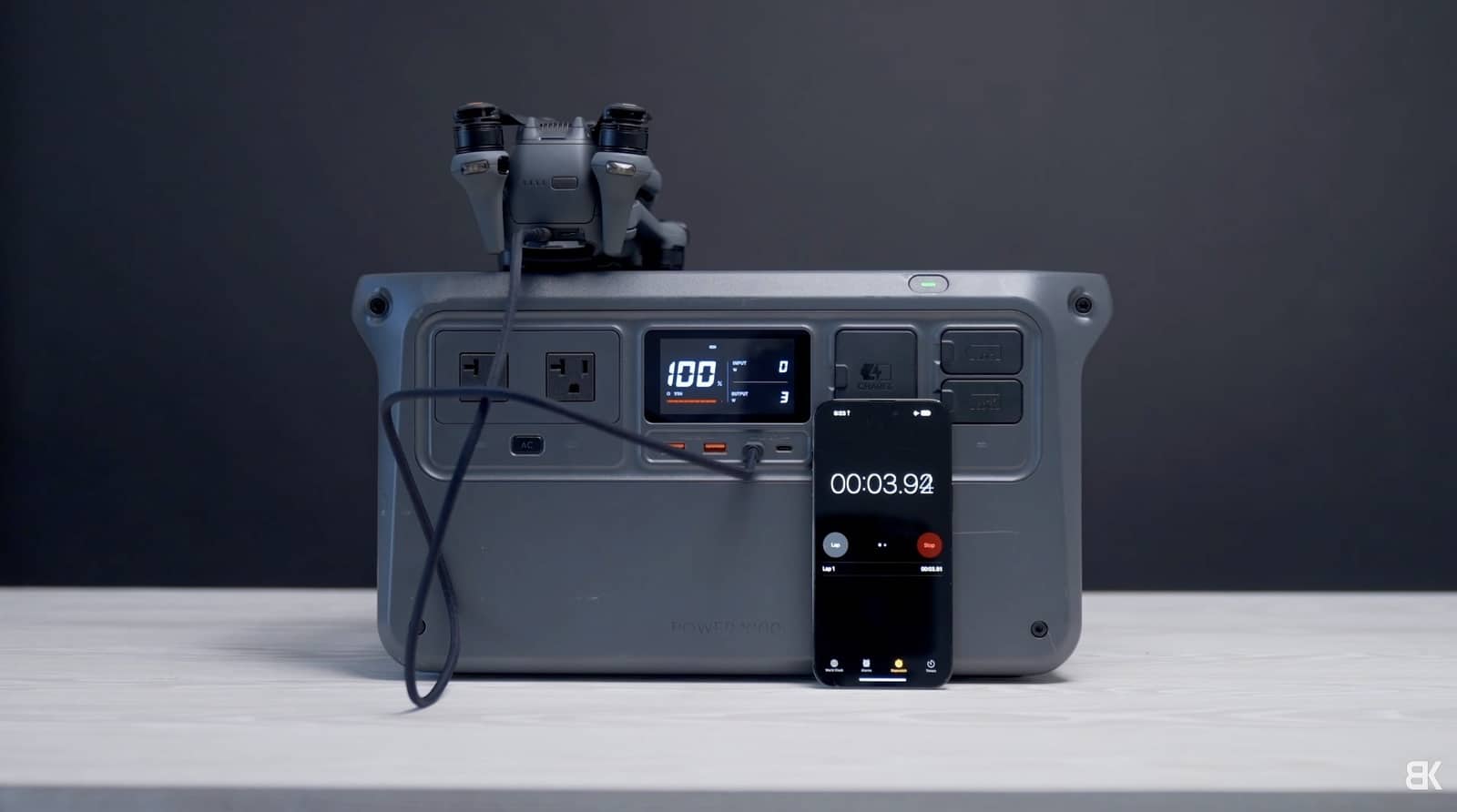
The 240 W brick is a game-changer, especially for charging one battery quickly (47 minutes). Charging from 15–20% (typical after flights) would be even faster. Heat dissipation is effective, with no issues during high-speed charging.

RC Pro 2 Remote Controller
The RC Pro 2 is DJI’s best controller yet. Its peak 2,000-nit screen is visible even in bright sunlight, and the pop-up design hides sticks and buttons when not in use, automatically booting up when opened. Ergonomics are improved, with the screen above the hands for a more comfortable flying posture, unlike the original RC Pro’s awkward positioning. The sleek design and bright display make it a significant upgrade, deserving its own Review video (stay tuned).

Final Thoughts on the DJI Mavic 4 Pro Camera Drone
The DJI Mavic 4 Pro is DJI’s flagship folding drone, likely to remain the go-to for years. Its camera is the best in its class, excelling in photos, videos, daytime, and low-light conditions. The airframe, speed, flight time, obstacle avoidance, and charging are all top-tier. However, the Infinity Gimbal’s limitations in vertical shooting and the 28 mm focal length are notable drawbacks. Despite these quirks, it’s a beast of a drone, and I love the charging, obstacle avoidance, camera, and remote. What’s your favorite feature? Let me know below, and thanks for watching!
Discover more from DroneXL.co
Subscribe to get the latest posts sent to your email.

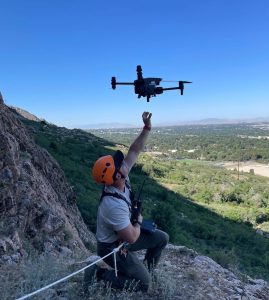
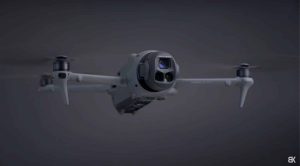

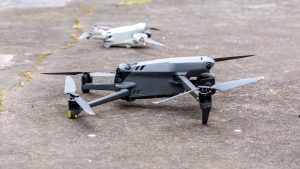
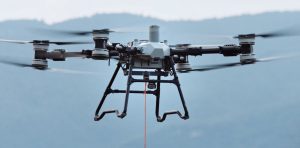
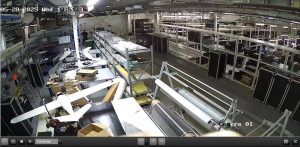
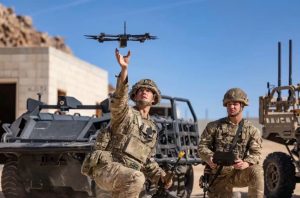

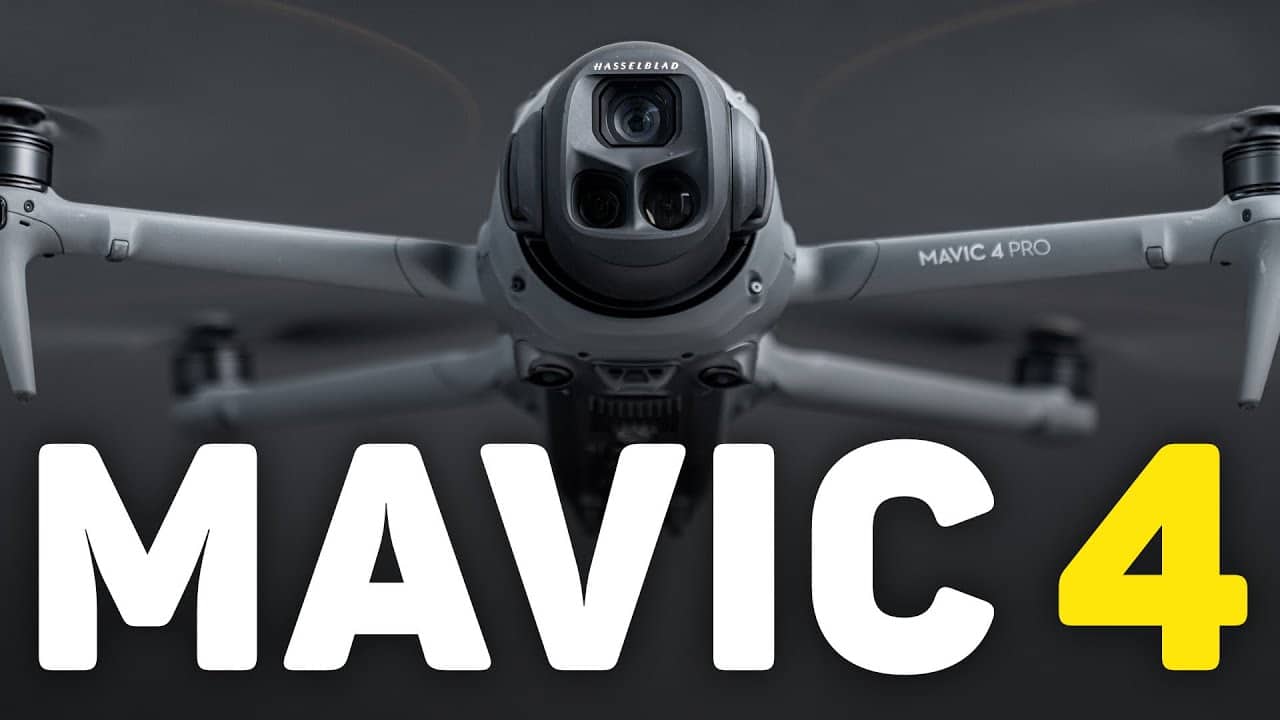

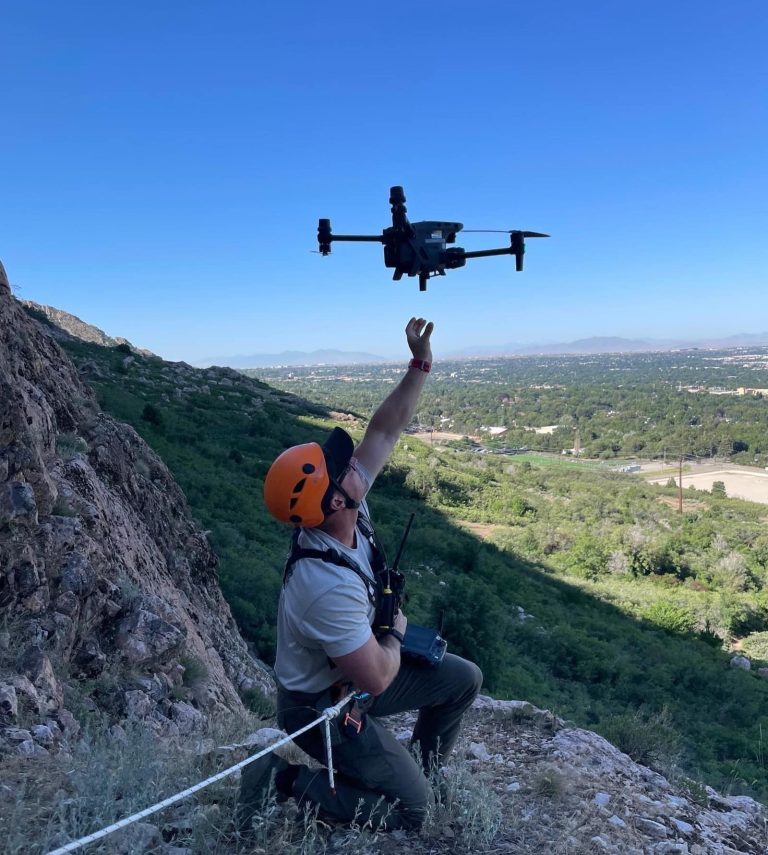
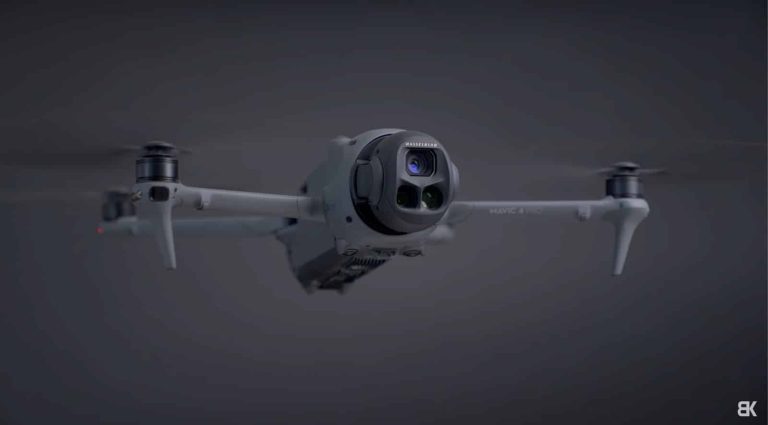
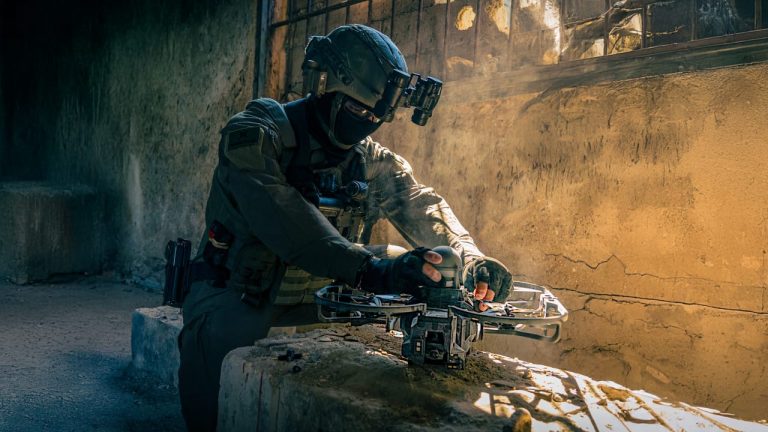
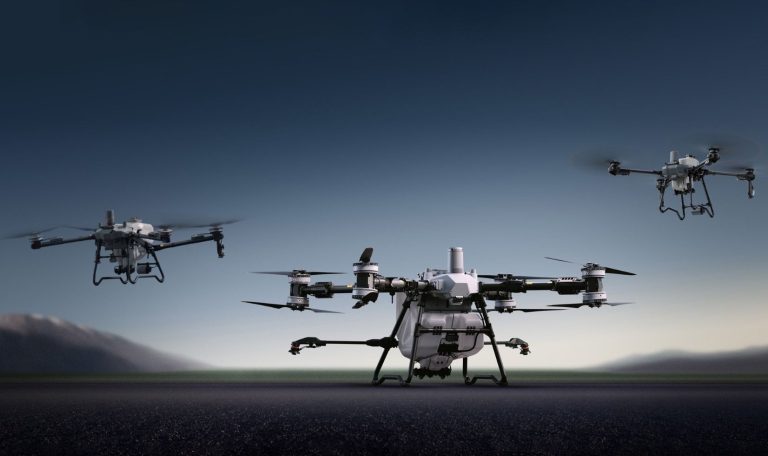
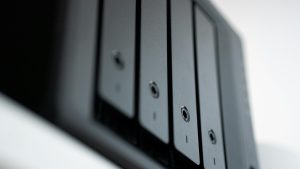

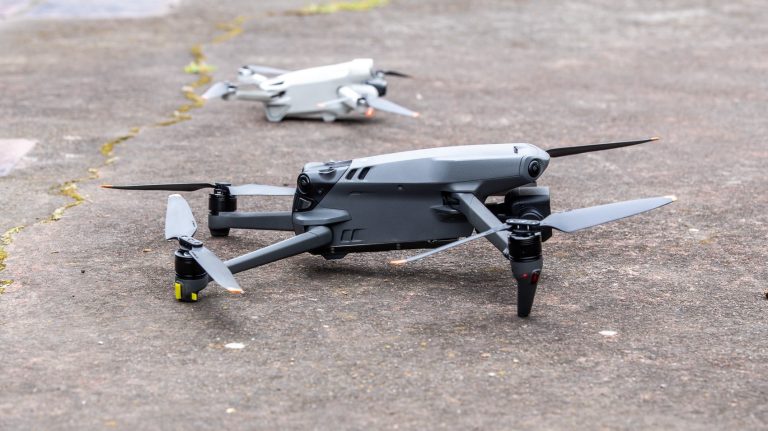
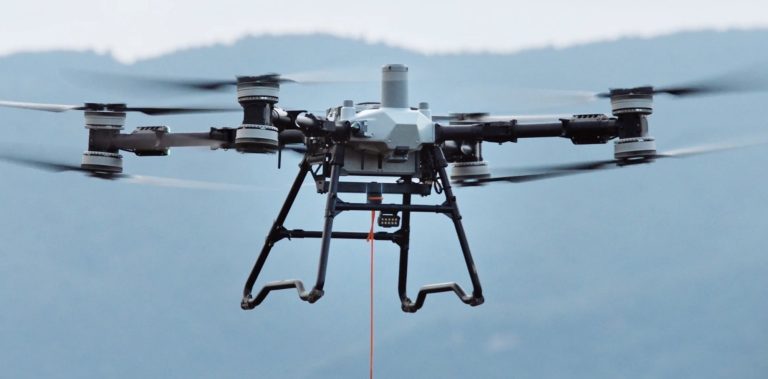
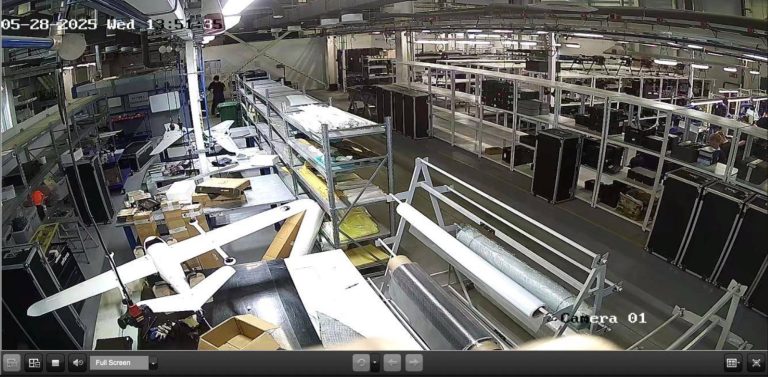
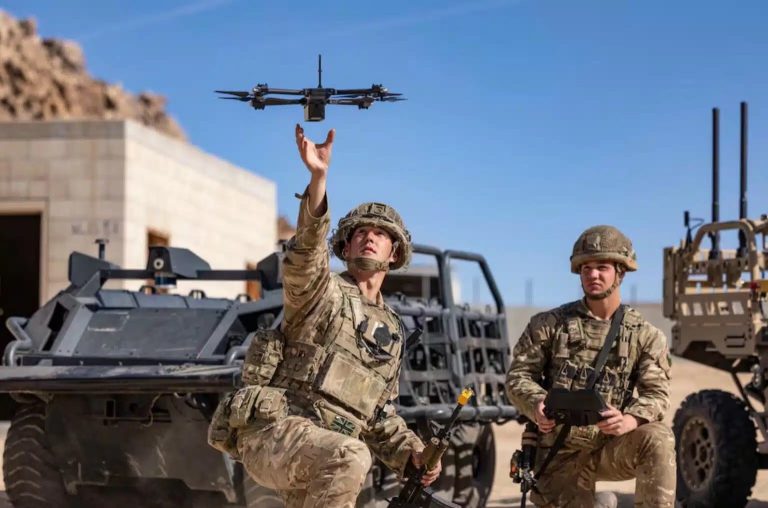
+ There are no comments
Add yours